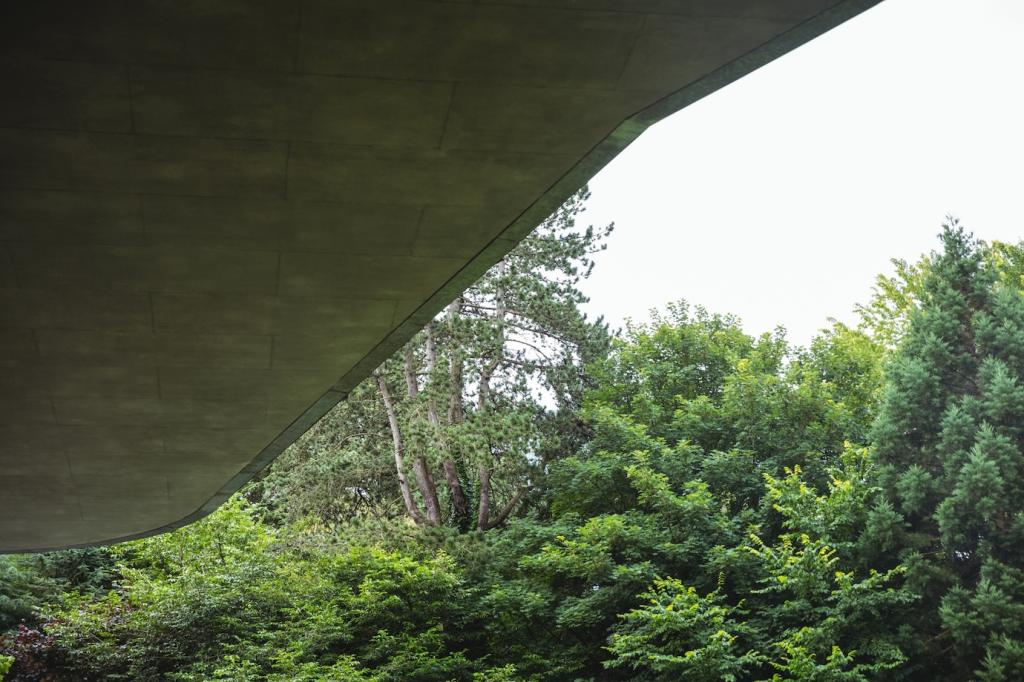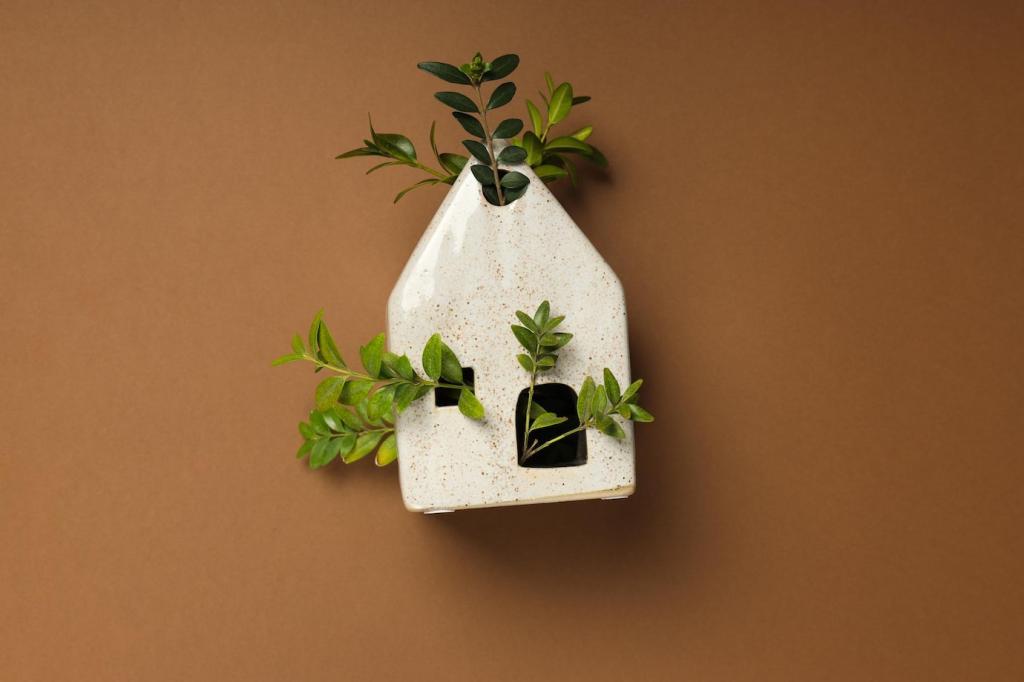Techniques That Reduce Impact
Tacks allow precise tensioning, gentle removal, and historically sympathetic fastening. They reduce noise, limit damage, and keep future conservation options open. Do you still keep a staple gun nearby for emergencies, or have you fully switched to hand methods?
Techniques That Reduce Impact
Use jute webbing and eight-way hand tying to retain traditional resilience. Reuse original springs when structurally sound, replacing only compromised components. This targeted approach conserves materials. Share a tip that helped you re-tension springs without stressing an old frame.







